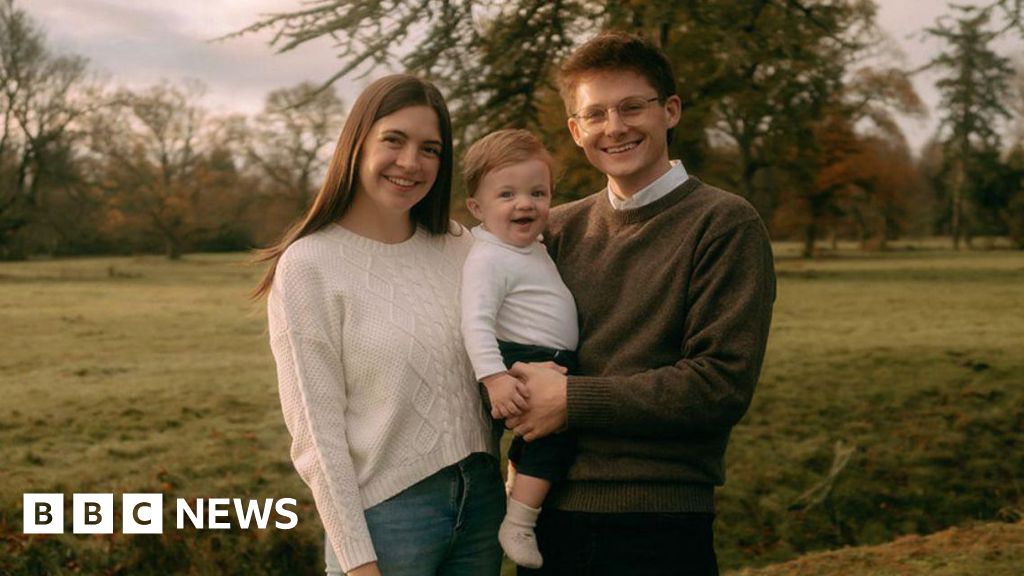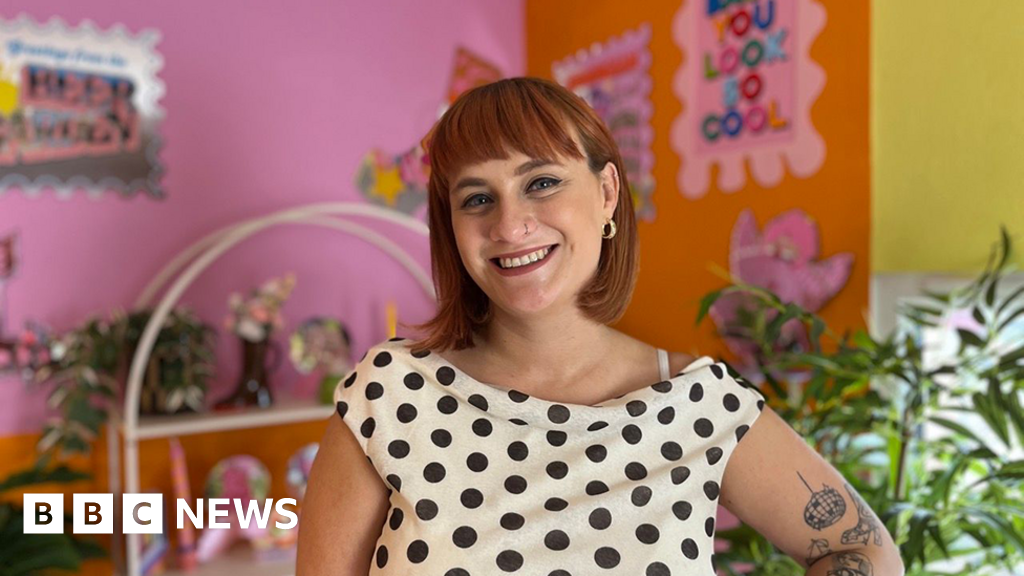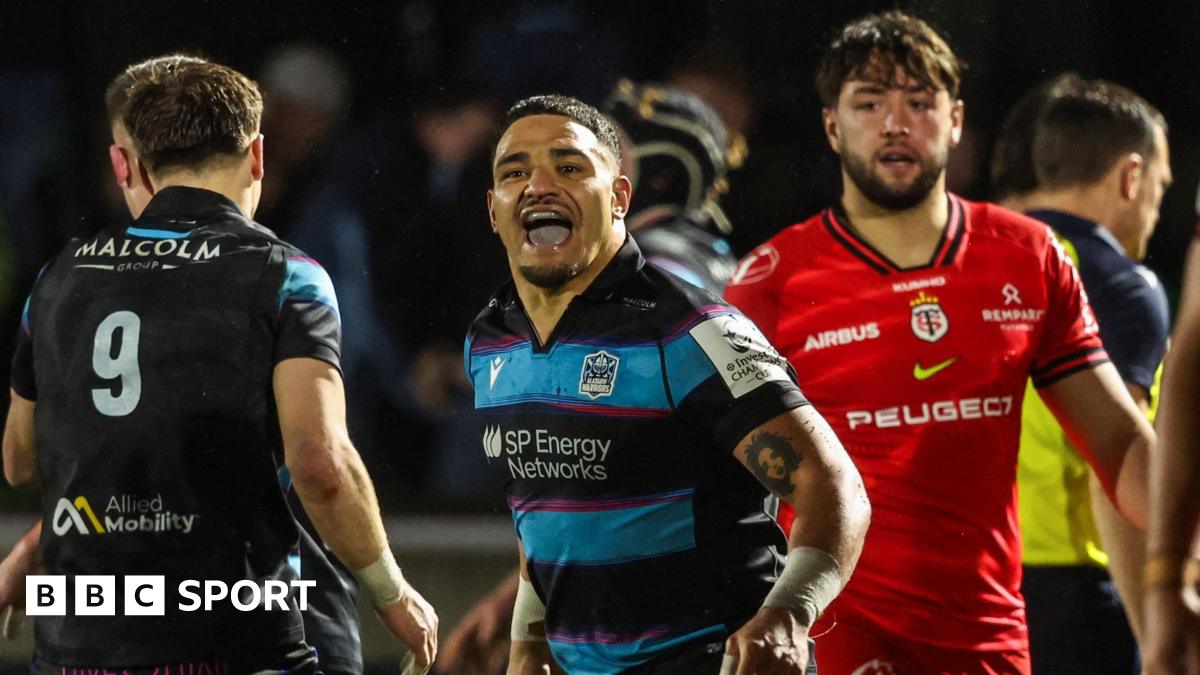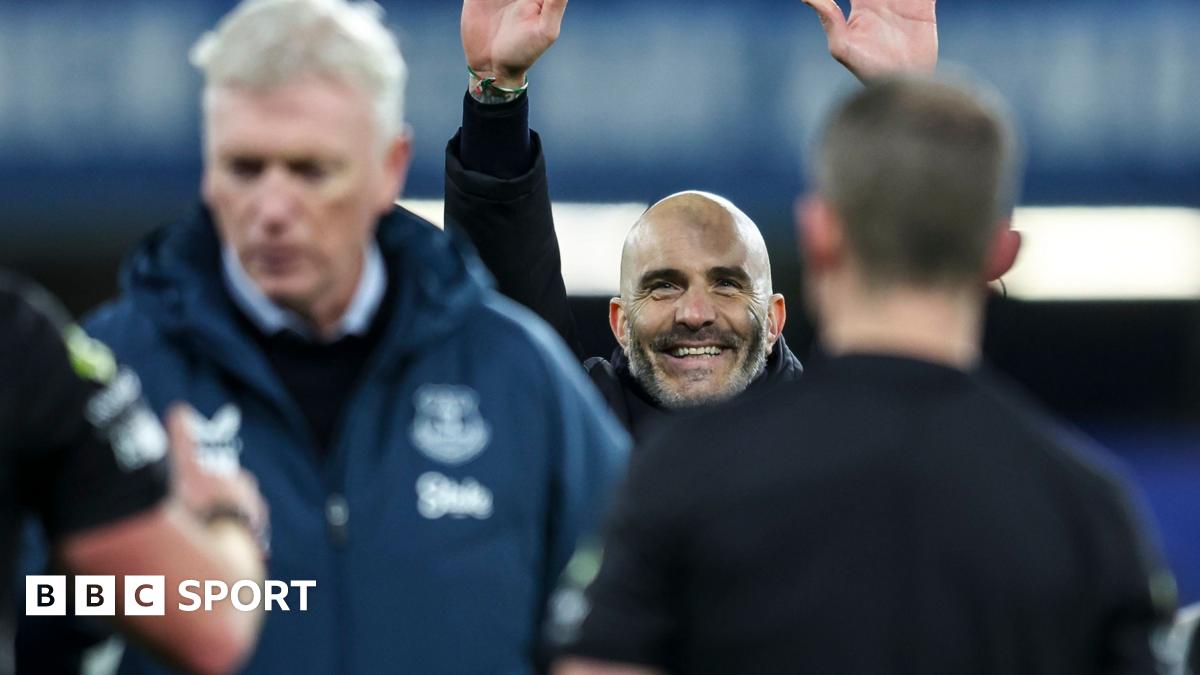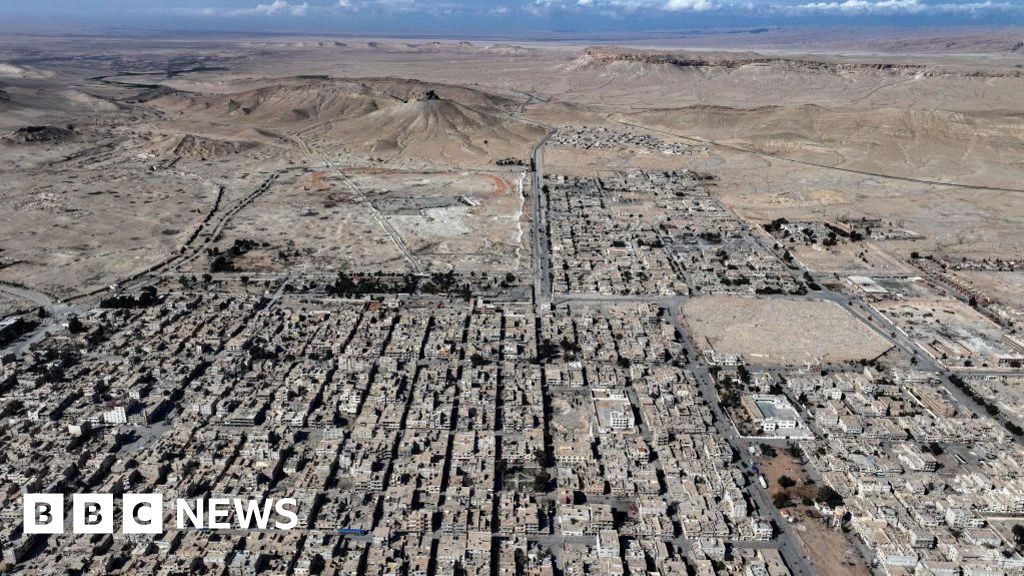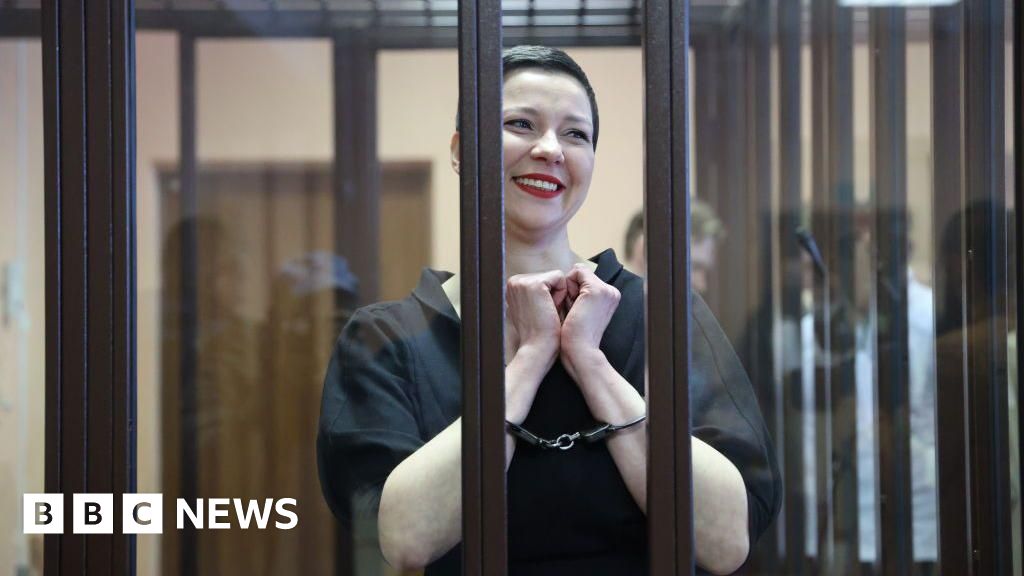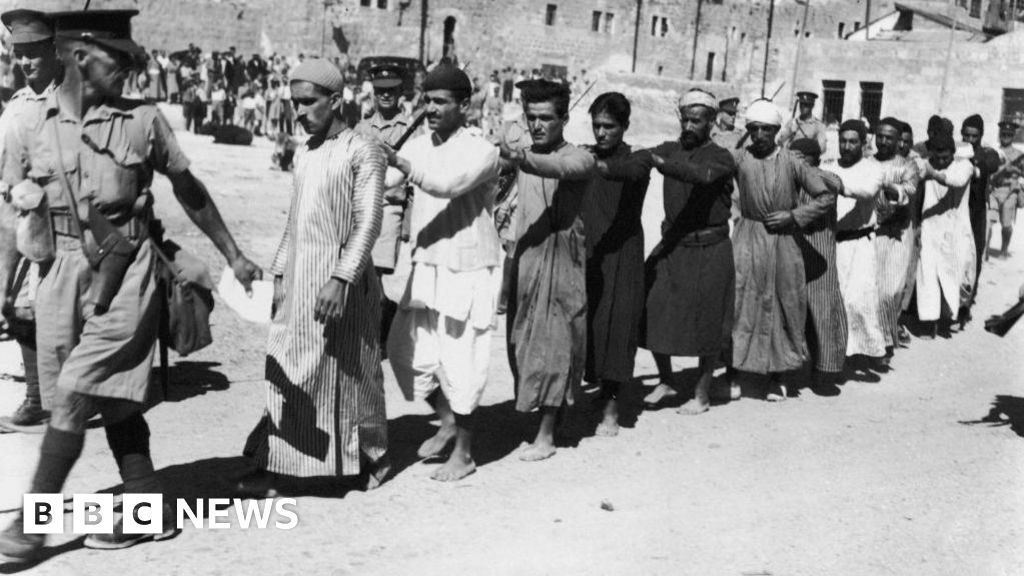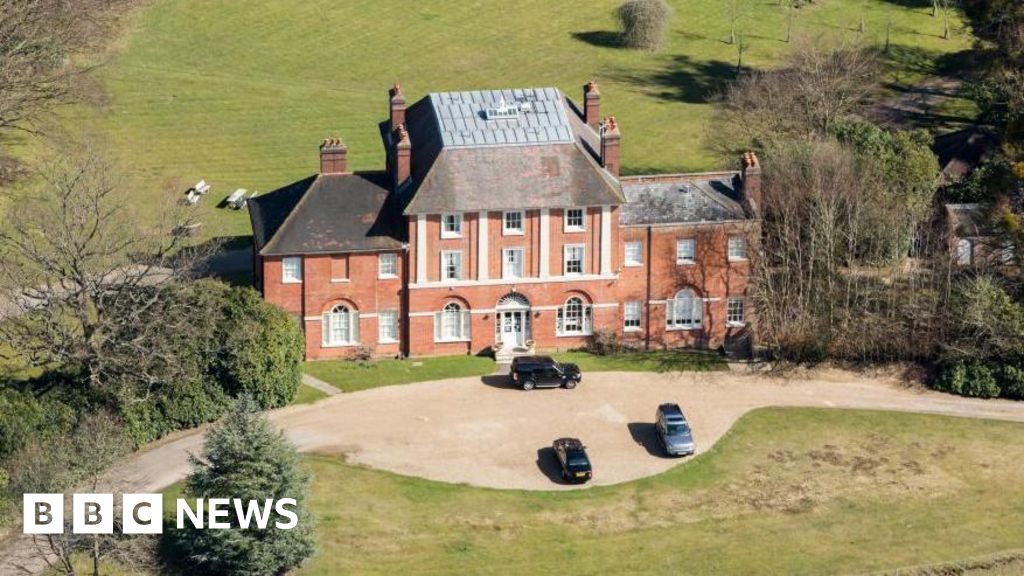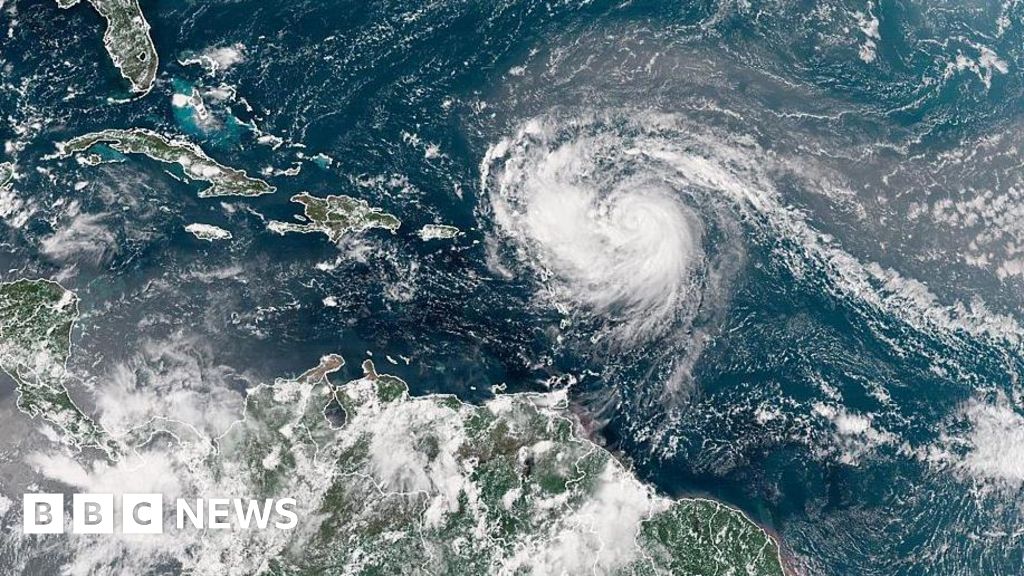Merlyn Thomas, Matt Murphy & Peter MwaiBBC Verify

 BBC
BBC
Warning: This story contains graphic descriptions of executions.
Fighters laugh as they ride on the back of a pick-up truck, speeding past a row of nine dead bodies and driving towards the setting Sudanese sun.
"Look at all this work. Look at this genocide," one cheers.
He smiles as he turns the camera on himself and his fellow fighters, their Rapid Support Forces (RSF) badges on display: "They will all die like this."
The men are celebrating a massacre that humanitarian officials fear killed more than 2,000 people in the Sudanese city of el-Fasher last month. On Monday, the International Criminal Court (ICC) said it was investigating whether the paramilitary may have committed "war crimes and crimes against humanity".
El-Fasher was a key target for the paramilitary RSF. It was the last stronghold in Darfur held by the Sudanese military - with whom the RSF has waged a devastating war since their ruling coalition collapsed in 2023.
More than 150,000 people are estimated to have been killed by the fighting over the past two years and both sides stand accused of a litany of war crimes - many of which were repeated by the RSF after the fall of el-Fasher.
A city cut off from the world
Having held the city under siege for almost two years, from August the RSF moved to consolidate its position and blockade the remaining civilian population.
Satellite images show that troops started to construct a massive berm - a raised sand barrier - around the perimeter of el-Fasher, sealing off access routes and blocking aid. By early October the ring completely surrounded the city - with a smaller barricade encircling a neighbouring village.

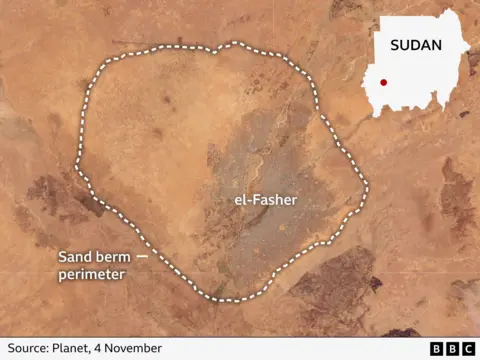
As the siege intensified, 78 people were killed in an RSF attack on a mosque on 19 September, while the UN said 53 more were killed in drone and artillery strikes on a displacement camp in October.
Videos shared with BBC Verify also suggested that the RSF sought to impose a blockade of food and essential supplies. In October, footage shows a man with his hands and feet tied behind his back, hanging upside down from a tree with metal chains. The man filming the video accused him of trying to smuggle supplies into the besieged city.
"I swear to God you will pay for this you dog," he shouted, before demanding that the captive beg for his life.
Meanwhile, the RSF pushed forward into the city with troops engaged in frenetic street-to-street clashes.
Graphic footage shows unarmed people gunned down
By sunrise on 26 October the RSF overwhelmed the final army positions and seized the main base in the city, the headquarters of the 6th Infantry Division, as the military withdrew.
Soldiers were filmed laughing as they toured the abandoned headquarters carrying a grenade launcher. Later that day RSF commander Abdul Rahim Dagalo - brother of RSF chief Mohammad 'Hemedti' Dagalo - was seen inspecting the base.
The RSF - which emerged from the Janjaweed militia that killed hundreds of thousands of people in Darfur between 2003-2005 - has long been accused of committing atrocities against non-Arab groups across Sudan. Footage posted online suggested that paramilitary fighters intended to unleash violence against the civilian population in el-Fasher.
RSF fighters make threats ahead of the el-Fasher massacre
Prior to the paramilitary's seizure of el-Fasher, very little information had emerged from the city for months. But within hours of the military's collapse, footage of atrocities committed by the RSF started to appear online, shattering the silence that had fallen on the city.
One of the most graphic videos to emerge and analysed by BBC Verify showed the aftermath of a massacre at a university building on the western side of the city, where dozens of dead bodies were seen scattered across the floor.
An elderly man wearing a white tunic sat alone amongst the bodies. He turned to look as a fighter armed with a rifle walked down the stairs towards him. Raising his weapon, the gunman fired a single shot at the man, who collapsed to the floor motionless. Fellow soldiers, unfazed by the act, immediately spotted another man's leg twitch in the tangle of bodies.
"Why is this one still alive," one fighter cried. "Shoot him."
Satellite images taken on 26 October appeared to confirm that executions were also carried out on the streets of el-Fasher, according to a report published by the Yale Humanitarian Research Lab.
Its analysts highlighted large "clusters" visible in the images, which they said were "consistent with the size range of adult human bodies and are not present in previous imagery". It also pointed to "discoloration" which the report said may have been marks caused by human blood.
One eyewitness who spoke to the BBC said he had witnessed "many of our relatives being massacred - they were gathered in one place and all killed".
Another witness recalled seeing a woman being killed after the RSF "shot her in the chest" before throwing her body aside "after taking all her belongings".

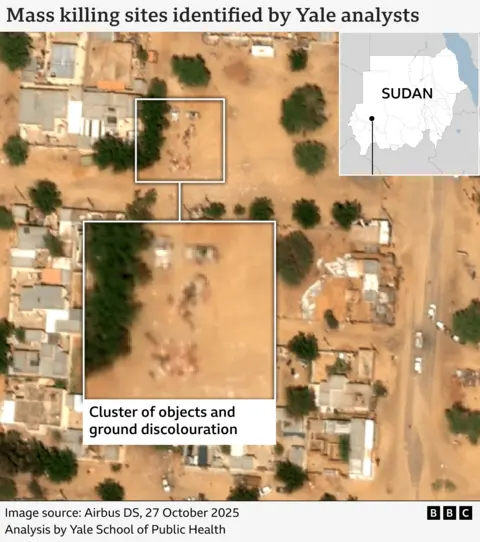
While the main RSF force rampaged through el-Fasher, a separate group of fighters remained on the periphery of the city, where they engaged in the brutal executions of a number of unarmed captives.
Most of this violence occurred at a site around 8km (5 miles) away from el-Fasher. Verified videos show dozens of dead bodies in civilian clothing - some of whom appear to be women - lying in a trench running along the periphery of the sand berm constructed by the RSF.
Other clips display scenes of destruction, with fires raging and the burnt-out shells of trucks littered across the landscape. Videos from the scene also show bodies scattered between the vehicles.
Fighters laugh near site of RSF executions
A key figure in the violence was previously identified by BBC Verify as an RSF commander who goes by Abu Lulu online. He was shown executing unarmed captives in two videos, while an eyewitness told the BBC that he "gave an order to his men to kill several innocent people, including children".
One clip showed an RSF soldier attempting to intercede as Abu Lulu prepared to execute an injured man, while the captive pleaded: "I know you. I called out to you a few days ago."
Abu Lulu dismissed the man's pleas with a wave of his arms, stating: "I will never have mercy. Our job is only killing." After aiming his rifle almost casually, the fighter unleashed a storm of bullets that tore through the unarmed man.

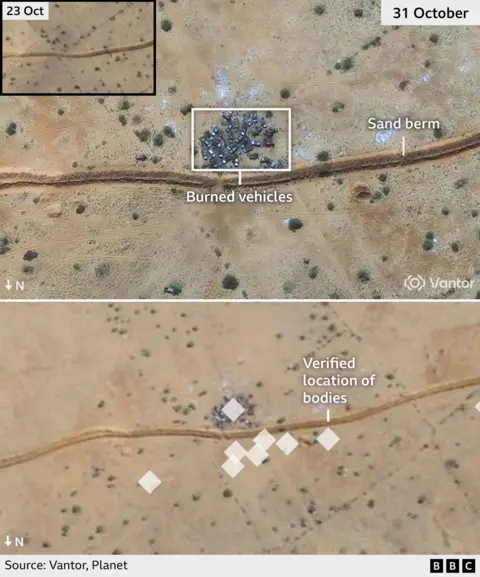
Another video showed him killing a group of nine unarmed captives. Footage that emerged days later revealed the bodies were left where they had fallen - still lined up execution-style and lying on the dusty Darfuri ground.
Many of those involved in the killings wore RSF badges, including the group who later celebrated the massacre as a "genocide".

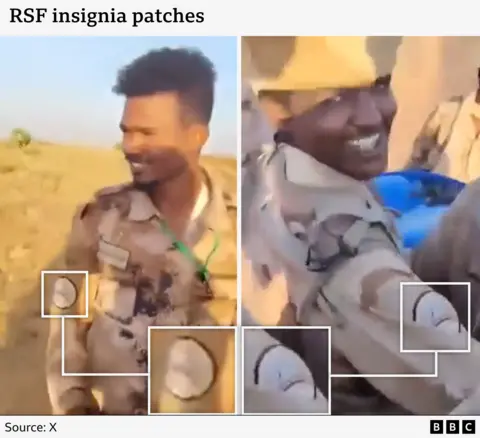
RSF commanders seek to carry out damage control
In the days that followed the massacre, RSF leader Gen Mohamed Hamdan Dagalo admitted that his troops had committed "violations" and said the incidents would be investigated. A senior UN official said last week that the RSF had given notice that they had arrested some suspects within their ranks.
Among those detained was Abu Lulu after BBC Verify published a report documenting his killings. Carefully choreographed and edited footage posted on the RSF's official Telegram account show him being led into a cell at a prison on the outskirts of el-Fasher.
Yale analysts also accused the RSF of "conducting clean-up of their alleged mass atrocities". A report issued on 4 November noted that satellite images show the removal "of objects consistent with bodies from a location north of RSF's berm" and identified graves near the children's hospital in el-Fasher.
BBC Verify measured white objects seen in the hospital courtyard on 30 October as between 1.6m and 2m in length. This is similar to the height of an adult human and consistent with a body in a burial shroud commonly seen in Sudan.


Meanwhile, the RSF and affiliated social media accounts began seeking to reframe the narrative.
Posts showing its fighters handing out aid to civilians were shared by some users, while the paramilitary's media office shared several clips purporting to show the humane treatment of army prisoners of war.

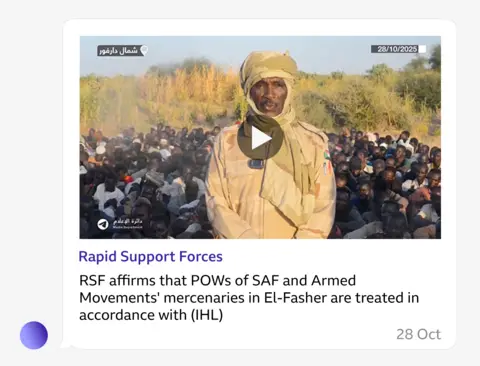
Despite the social media campaign being deployed by the RSF, their actions in el-Fasher have sparked global outrage.
BBC Verify approached the RSF, offering it an opportunity to reply to the allegations contained in this investigation. The group did not reply.
Additional reporting by Kevin Nguyen, Kumar Malhotra, Richard Irvine-Brown, Alex Murray, Barbara Metzler, Lamees Altalebi and Ahmed Nour. Graphics by Jess Carr and Mesut Ersoz.



 1 month ago
42
1 month ago
42
